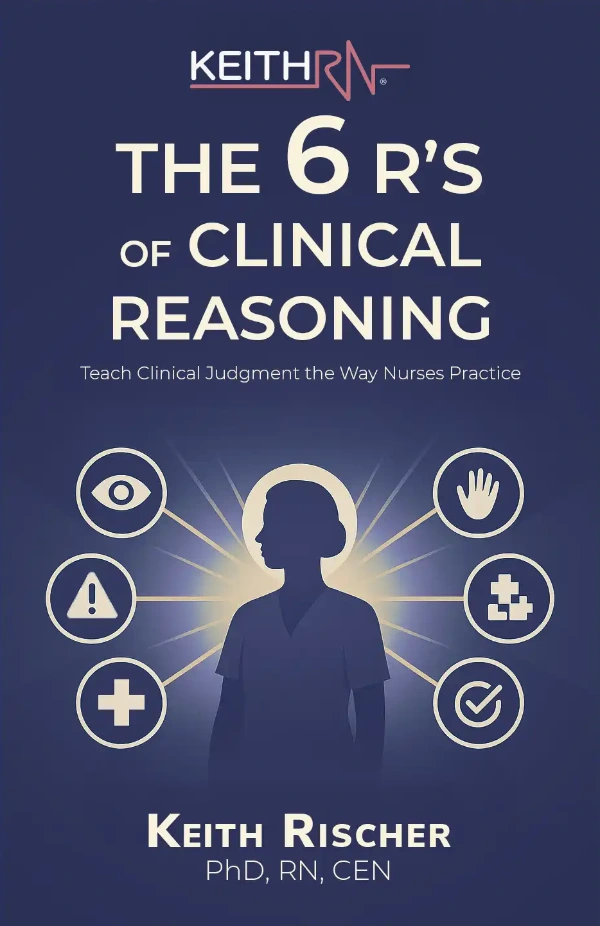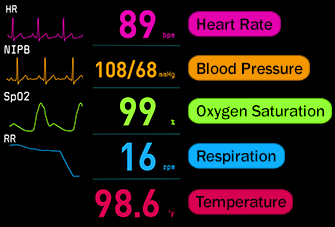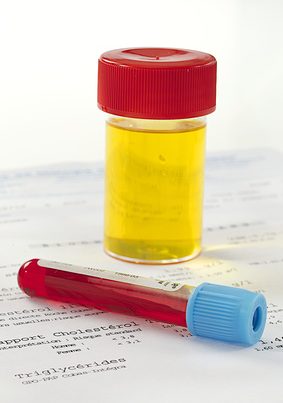NOTE: This is the 2nd video/blog in a series titled “Strengthening Student Transition to Real-World Clinical Practice. If you missed last Friday’s video/blog “Why Student’s Struggle” be sure to check it out!
According to a recent survey of my audience that consists primarily of nurse educators, nurse educators identified numerous struggles that students experience in the clinical setting.
Each of these struggles have a direct correlation to how well they will transition to real world clinical practice after they graduate. These student struggles included the ability to:
- Set correct priorities
- Mange time
- Handle multiple patient assignments
- Clinical reason and think like a nurse
- Not able to consistently integrate pharmacology, pathophysiology, and essential content to the bedside
I then asked nurse educators to identify weaknesses in their curriculum that may impact student learning. The top weaknesses included:
- Priority setting
- Teaching the nurse thinking of clinical reasoning
- Nursing pharmacology
- Managing multiple patients
- Time management
What do you think was the #1 struggle of students and the #1 weakness of nursing curriculum?
Teaching the nurse thinking of clinical reasoning.
Is it just a coincidence that thinking like a nurse by using the skill of clinical reasoning and teaching this in the curriculum are a current weakness in many programs?
In addition to teaching clinical reasoning as thoroughly as nursing process in academia, students require clinical experience.
But, like any skill in nursing education that is expected of the professional nurse, clinical reasoning must be emphasized and opportunities to PRACTICE this skill must be provided until it becomes proficient.
Thinking is a Skill That Needs to Be Practiced
When I taught fundamentals, new skills such as medication administration, sterile technique, and Foley catheter insertion were taught with step-by-step instructions. Time to repeatedly practice in the skills lab was needed and expected in order for novice students to develop basic proficiency in these essential task oriented skills.
What is the most important aspect of the scope of practice of the professional nurse? Is it to safely accomplish and complete essential tasks such as medication administration, dressing changes, catheter and NG tube insertions, vital signs and a thorough nursing assessment?
Or is it the ability to use this knowledge, put the clinical picture together, think in action using the skill of clinical reasoning to make a correct clinical judgment?
Though all of these skills are important and must be present in the nurse’s practice, if one were to triage, the professional nurse must be able to clinically reason to make a correct clinical judgment or patient’s will experience “failure to rescue” and as a result adverse outcomes and even patient deaths will occur as a result.
It is no coincidence that the NCLEX® also measures the ability of the graduate nurse to use and apply knowledge using a clinical scenario to determine if he/she can clinically reason to
make a correct clinical judgment to be safe in practice and pass this rigorous licensure exam!
Clinical Reasoning Defined
Though there are numerous definitions of clinical reasoning in the literature, as a nurse educator who remains current in practice, I believe that Patricia Benner has the best practice based definition that captures the essence of thinking like a nurse in five components.
Clinical reasoning is the ability of the nurse to:
- THINK IN ACTION and REASON as a situation CHANGES over time
- Capture and UNDERSTAND significance of clinical TRENDS
- Filter clinical data to recognize what is MOST and least important (RELEVANT)
- Grasp the essence of current clinical situation
- IDENTIFY if actual problem is present
I have observed that nursing students struggle to understand and grasp theoretical concepts that need to be applied to practice. They require any skill (even hand washing!) to be broken down into sequential steps so it can be understood and then integrated into their practice.
As I look back on my 30+ years of clinical practice in a wide variety of settings, and reflected on this definition of clinical reasoning from Educating Nurses: A Call For Radical Transformation, I created a step-by-step template that captures in 12 sequential steps that are listed in the form of questions, 8 questions that must be answered BEFORE seeing the patient, and then 4 questions that are reflected upon when the patient is seen for the first time.
This is the way that not only I, but most nurses use a practical, internalized approach to clinical reasoning that comes from clinical experience. The essence of my template of clinical reasoning questions expects the nurse to identify:
- The primary problem
- What data is most important
- What must be trended
- What is the nursing priority
- What is needed to advance the plan of care
- Worst possible/most likely complication to anticipate based on the primary problem.
My work of applied clinical reasoning has been validated by leading nurse educators and has been featured in the current 10th edition of Kozier & Erbs Funds of Nursing, NLN Innovations Center volume #3 edited by Linda Caputi this past September, and coming out in 2016 a chapter in Carol Huston’s 4th ed. text Professional Issues in Nursing: Challenges and Opportunities titled “Can Clinical Reasoning Be Taught.”
Thinking is a Skill That Needs to Be Practiced!
Though it is more nuanced, thinking like a nurse using clinical reasoning is also a skill that needs to be practiced by students so they can successfully transition to the bedside after graduation. By utilizing my template of step-by-step questions with advanced students in the clinical setting as a tool to practice and develop clinical reasoning, you can strengthen this foundational skill to practice.
I have also integrated this tool in my clinical reasoning case studies that are wrapped around a salient scenario on a wide variety of topics. Utilizing case studies that emphasize clinical reasoning is a transformational way to “flip” your classroom with a relevant active learning tool.
Though the NCLEX® is important, never lose sight that the ultimate goal of all that is done in nursing education is to prepare students well for a lifetime of professional practice. Emphasizing and integrating clinical reasoning in the classroom and clinical settings is foundational to not only transform nursing education but also strengthen student transition to real-world clinical practice.
What do you think?
What questions or comments do you have regarding clinical reasoning and how have you successfully integrated this in your class or clinical settings?
Comment below and let the conversation begin!
Keith Rischer – PhD, RN, CEN
As a nurse with over 35 years of experience who remained in practice as an educator, I’ve witnessed the gap between how nursing is taught and how it is practiced, and I decided to do something about it! Read more…
The Ultimate Solution to Develop Clinical Judgment Skills
KeithRN’s Think Like a Nurse Membership
Access exclusive active learning resources for faculty and students, including KeithRN Case Studies, making it your go-to resource.




